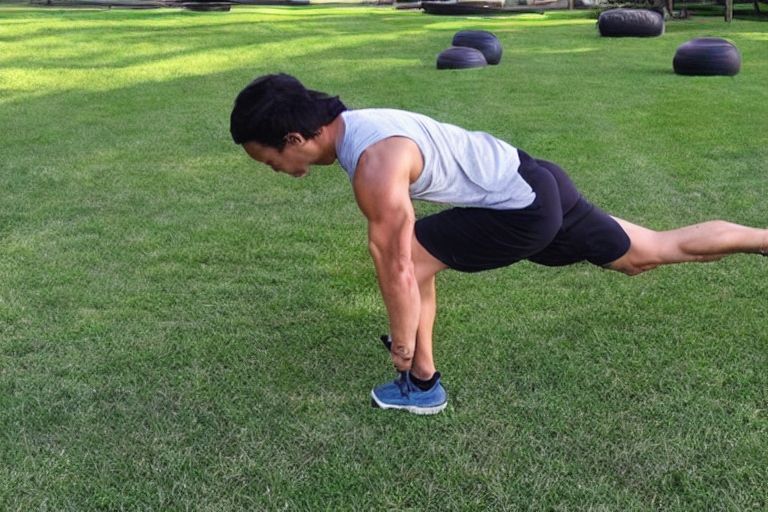Functional Fitness 101: Mastering the Fundamentals of Movement

Functional Fitness 101: Mastering the Fundamentals of Movement
In recent years, the fitness industry has seen a surge in popularity for functional fitness training. This form of exercise focuses on improving overall strength, flexibility, and body movement patterns to enhance everyday activities and prevent injuries. Whether you are an athlete looking to perform at your peak or someone looking to stay healthy and active, mastering the fundamentals of movement is essential.
So, what exactly is functional fitness?
Functional fitness refers to exercises and movements that mimic real-life activities, such as bending, twisting, pushing, and pulling. Unlike traditional weightlifting or cardio exercises, functional fitness aims to improve function and performance in everyday life. It concentrates on developing a wide range of physical abilities, such as strength, balance, coordination, and flexibility, rather than just targeting specific muscle groups.
Mastering the fundamentals of movement in functional fitness is crucial to ensure proper form, reduce the risk of injuries, and maximize gains. Here are some key elements to focus on:
1. Core Strength: The core, comprising the muscles in your torso, is the foundation of functional fitness. It provides stability for all movements and protects your spine. Mastering exercises that engage the core, such as planks or Russian twists, will not only enhance your performance but also contribute to better posture and balance in everyday life.
2. Functional Movements: Functional fitness emphasizes natural, multi-joint movements rather than isolated exercises. Squats, lunges, deadlifts, and push-ups are examples of fundamental functional movements that engage multiple muscle groups, increasing overall strength and stability.
3. Flexibility and Mobility: A key aspect of functional fitness is maintaining and improving joint mobility and flexibility. Incorporate dynamic stretches and mobility exercises into your routine to enhance your range of motion. Flexibility and mobility training can lead to better posture, reduced muscle stiffness, and efficient movement patterns.
4. Balance and Stability: Functional fitness places a significant emphasis on balance and stability, as they are crucial for everyday activities such as walking or climbing stairs. Incorporate exercises like single-leg stands, balance boards, or yoga poses to improve stability and reduce the risk of falls and injuries.
5. Cross-Training: While functional fitness focuses on enhancing overall performance, it is crucial to avoid overtraining. Incorporate cross-training activities like swimming, cycling, or yoga to diversify your workouts and give your body a chance to recover and adapt.
6. Progression and Regression: One of the beauties of functional fitness is its scalability. Every movement and exercise can be modified to suit your fitness level. If an exercise is too challenging, there are regressions or easier variations available. Always prioritize proper form and gradually progress as you gain strength and confidence.
Remember, functional fitness is not just about building muscles or burning calories; it is about enhancing your daily movements and improving the quality of life. Mastering the fundamentals of movement will not only help you reach your fitness goals but will also lead to pain-free and efficient daily activities. Whether you are a beginner or an experienced athlete, incorporating functional fitness into your routine can undoubtedly benefit your overall health and well-being.
